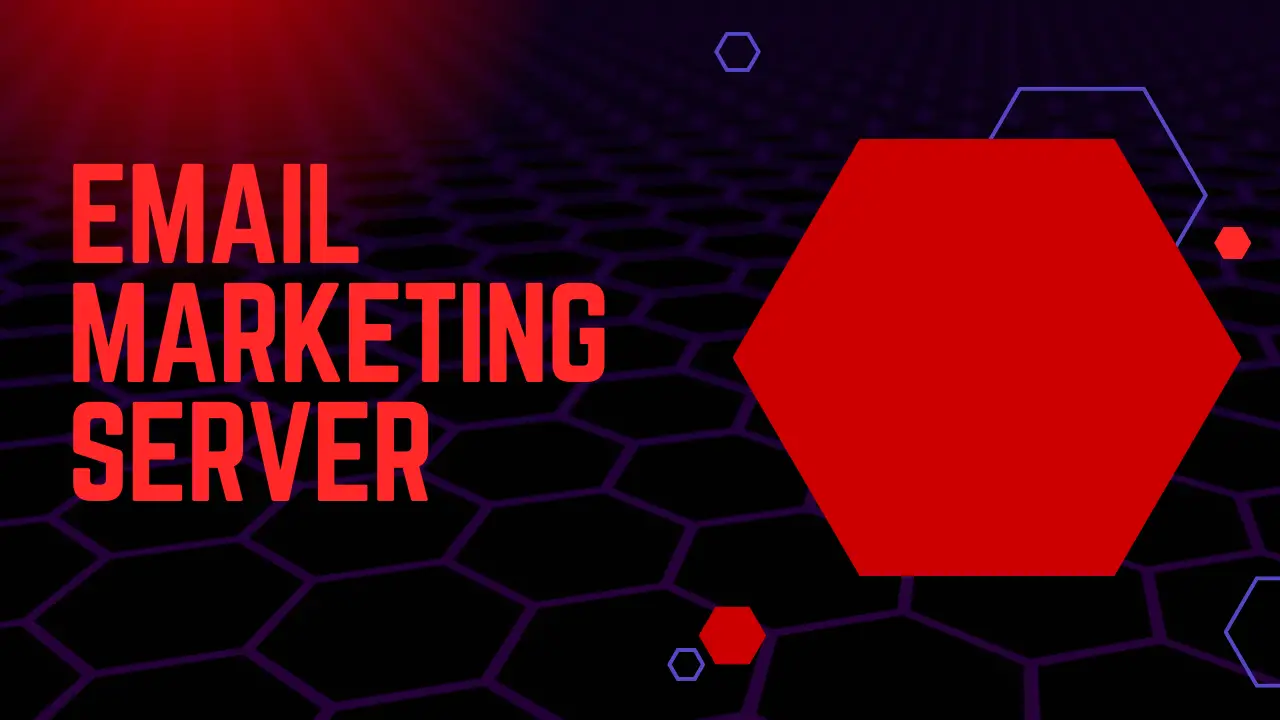Shared vs. Dedicated Servers: The Fundamental Choice
The first major decision you'll face is whether to use a Get ahead of your competition – grab your leads from website: phone number list today. shared or a dedicated server. A shared server, as the name implies, is a server where multiple users and businesses send their emails from the same IP address. This is often the most cost-effective and easiest option for small businesses or those with low sending volumes. The main drawback, however, is that your sender reputation is tied to the actions of others. If another user on the same server engages in spamming, it can negatively impact your deliverability, regardless of your own clean practices.
A dedicated server, on the other hand, provides you with a unique IP address that is exclusively yours. This gives you full control over your sender reputation. While it is a more expensive option and requires a "warm-up" period to build a positive reputation with Internet Service Providers (ISPs), it is the preferred choice for high-volume senders or businesses that need strict control over their email deliverability. With a dedicated server, your success or failure is entirely in your own hands.
The Role of Sender Reputation and Deliverability
Sender reputation is a crucial metric that ISPs use to determine whether to deliver your emails to the inbox or the junk folder. This reputation is built over time based on factors like bounce rates, spam complaints, and recipient engagement (opens and clicks). A clean, well-maintained email list and engaging content are paramount to building and maintaining a good reputation. Tools like DomainKeys Identified Mail (DKIM), Sender Policy Framework (SPF), and Domain-based Message Authentication, Reporting & Conformance (DMARC) are essential authentication protocols that verify your identity as a legitimate sender and significantly improve deliverability.

Setting Up Your Server for Success
Proper server setup is non-negotiable for effective email marketing. This involves correctly configuring your DNS records to authenticate your sending domain. Beyond the technical setup, it is vital to adhere to best practices. This includes using a double opt-in process for new subscribers to ensure they genuinely want to receive your emails, regularly cleaning your list of inactive or invalid addresses, and avoiding "spammy" content and subject lines. A balanced text-to-image ratio and the inclusion of a clear unsubscribe link are also critical for pleasing both ISPs and your recipients.
The Importance of Monitoring and Analytics
Once your server is set up and campaigns are running, the work doesn't stop. Continuous monitoring of your email performance is essential. Your email marketing server should provide detailed analytics on key metrics such as open rates, click-through rates, and bounce rates. Analyzing this data allows you to understand what resonates with your audience and to identify and address any potential deliverability issues before they become major problems. Without this feedback, you are essentially sending emails into the void without knowing their impact.
Open-Source vs. Commercial Solutions
When choosing a server solution, you can either opt for a commercial email marketing platform (like Brevo, HubSpot, or Mailchimp) or use an open-source solution (like Mautic). Commercial services are generally user-friendly, feature-rich, and come with built-in servers and support. They are an excellent choice for businesses that want a turnkey solution with minimal technical overhead. Open-source solutions, on the other hand, offer greater control and customization. They are ideal for technically savvy businesses that want to self-host their server and have complete data sovereignty, but they require a higher level of technical expertise to set up and manage.
The Bottom Line: A Strategic Investment
Choosing and managing an email marketing server is a strategic investment in the long-term health of your business's communication efforts. Whether you choose a shared service for its simplicity or a dedicated server for its control, the key is to prioritize sender reputation, follow best practices, and continuously monitor your performance. By building a solid foundation, you can ensure your email marketing campaigns are not only sent but also delivered and engaged with, leading to stronger customer relationships and a better return on investment